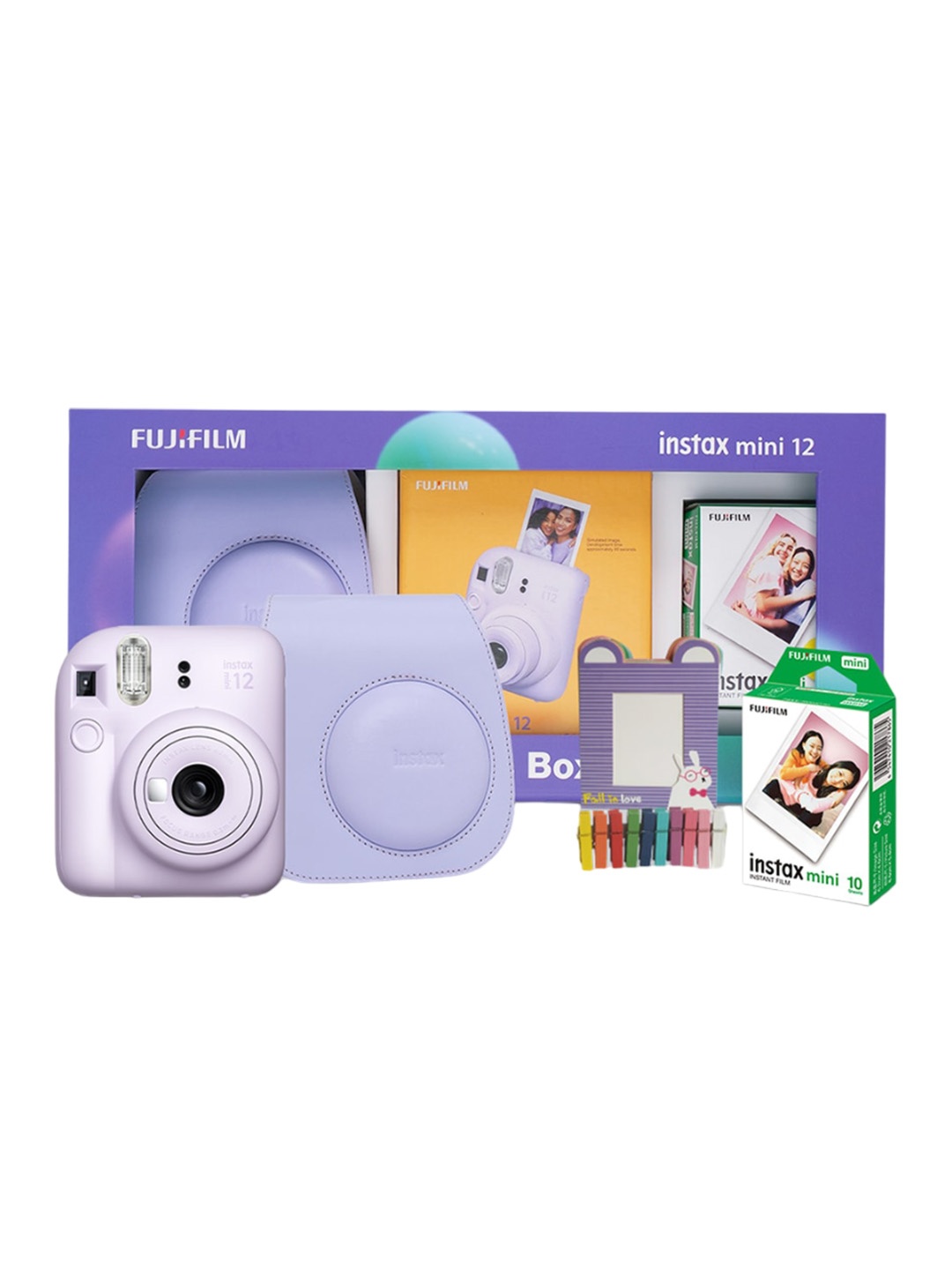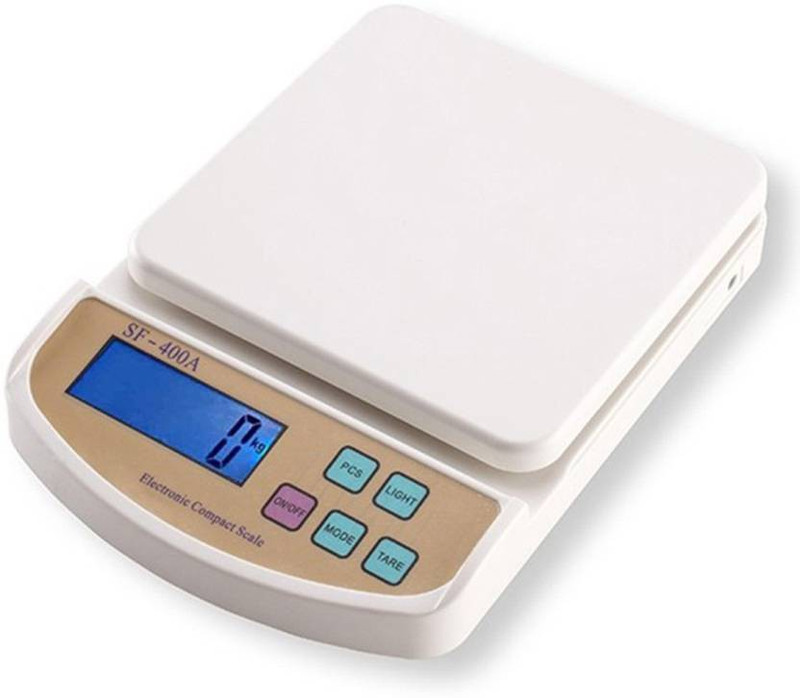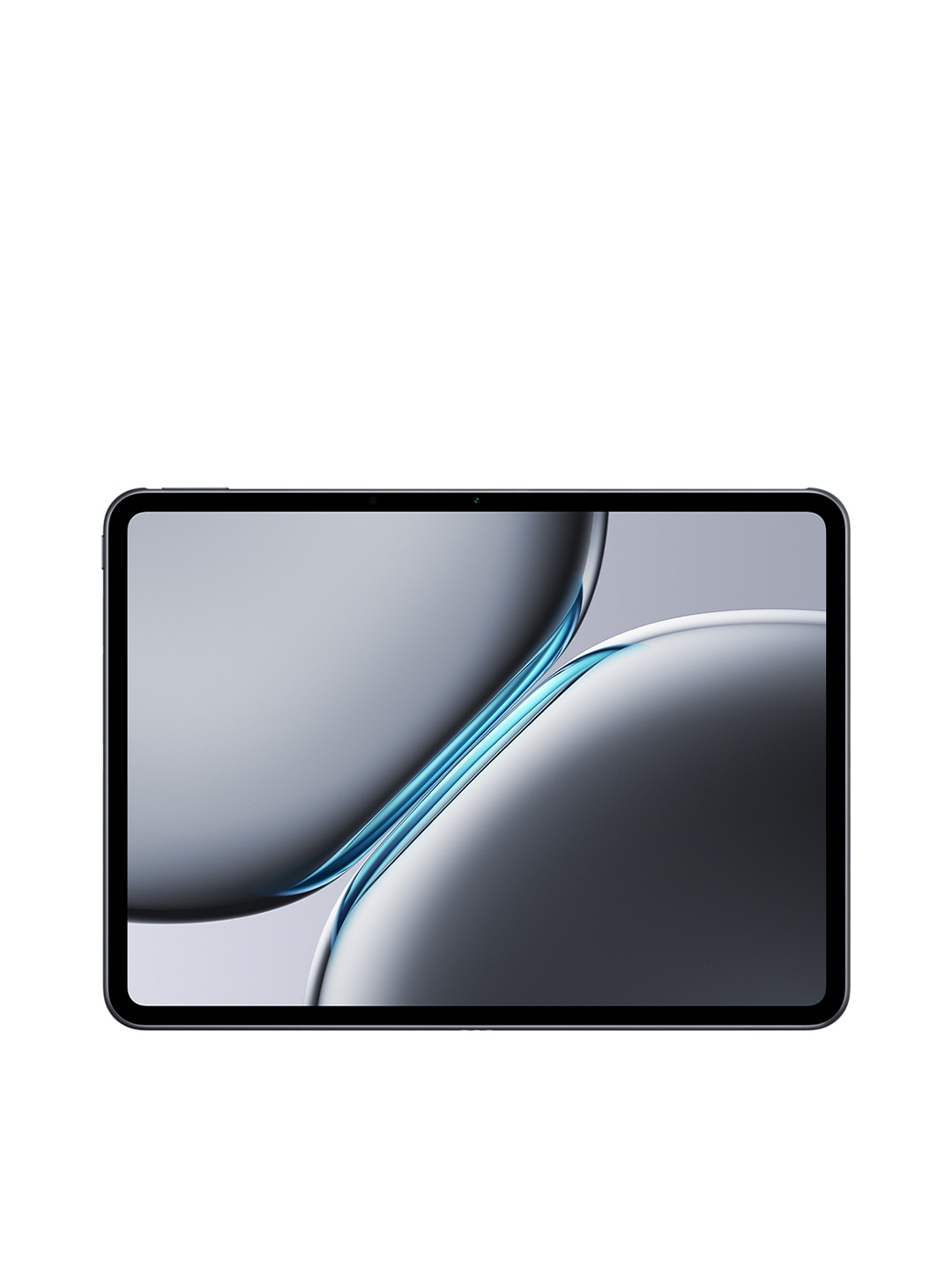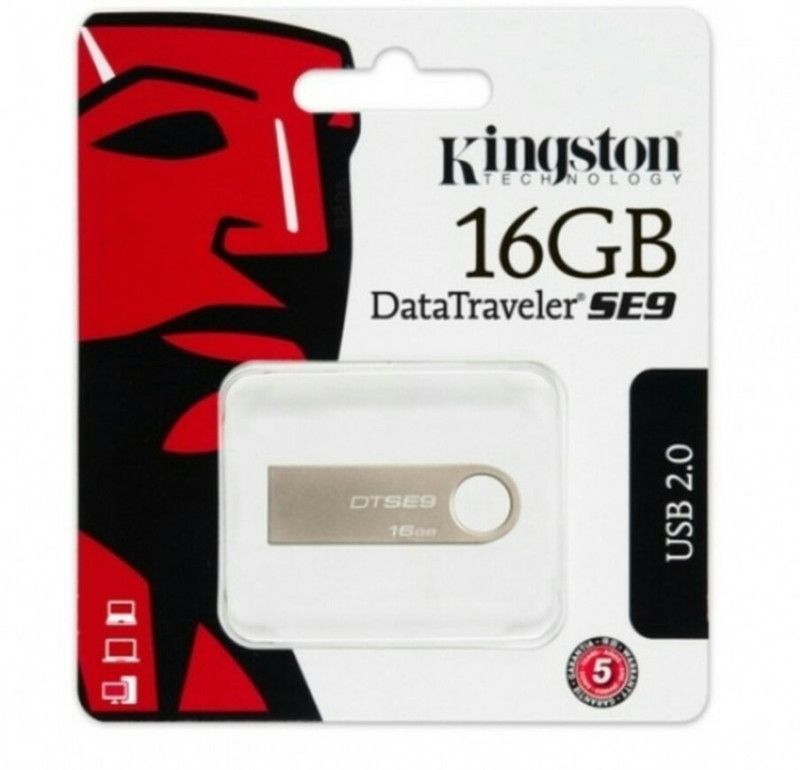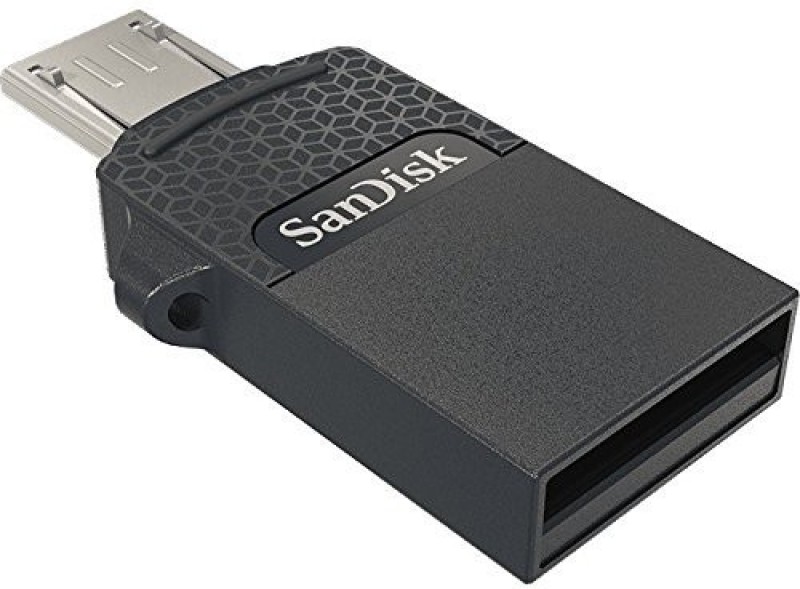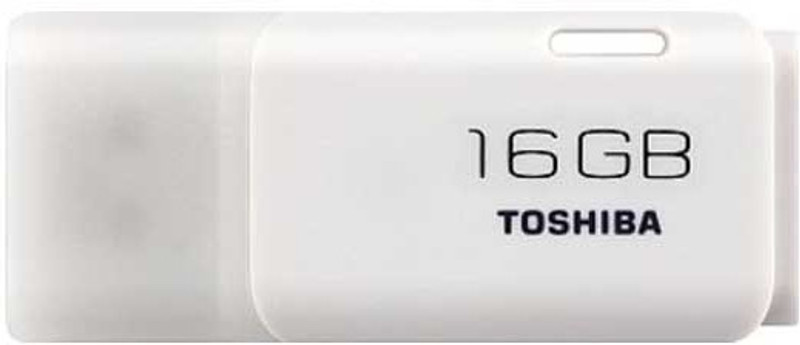Understanding Tech:Does Wireless Charging Harm Your Smartphone?

Imagine this: You come home after a long day, toss your phone onto a sleek charging pad, and voilà, your battery begins to refill, no cables required. It feels almost magical, like something straight out of a sci-fi film. The convenience is undeniable, but as with all technology, questions arise. Does wireless charging damage your phone's battery over time? Is it slower than traditional wired charging? Is it safe? And, most importantly, is it worth switching to completely?
Wireless charging, once a premium feature available only in high-end smartphones, has now become mainstream. From flagship devices to smartwatches and even electric toothbrushes, inductive charging technology is making its way into more gadgets. Yet, many users remain sceptical about its efficiency and long-term impact.
Let's dive into the science, the pros and cons, and the myths surrounding wireless charging to determine whether it's truly a game-changer or just another tech gimmick.
1. How Does Wireless Charging Actually Work?
At its core, wireless charging, also known as inductive charging, relies on electromagnetic fields to transfer energy from a charging pad to your device. But how does this work, and why is it different from plugging in a cable?
Inside every wireless charger is a copper coil that generates an electromagnetic field when electricity flows through it. Your phone, equipped with a receiving coil, picks up this energy and converts it back into electricity to charge the battery. This is known as electromagnetic induction, a concept pioneered by Nikola Tesla in the late 19th century.
While it may sound futuristic, this technology isn't new. Wireless charging has been used for years in medical devices, electric toothbrushes, and even some kitchen appliances. However, applying it to smartphones and consumer electronics has presented unique challenges, such as energy loss, overheating, and slower charging speeds.
Unlike wired charging, which delivers power directly, wireless charging loses some energy as heat. This inefficiency is why wireless chargers often take longer to charge a device compared to a traditional cable.
2. Is Wireless Charging Slower Than Wired Charging?
In most cases, yes. If you're in a hurry and need to top up your phone quickly, a wired charger is still the better option.
Most wired chargers today, especially fast chargers, operate at 25W, 45W, or even 100W in high-end models. In comparison, most wireless chargers range between 5W and 15W, meaning they can take twice as long (or more) to charge a phone fully.
The reason behind this slower speed is energy transfer efficiency. Wireless charging isn't as direct as plugging a cable into your phone, and some energy is lost in the process. Additionally, phones regulate their temperature to avoid overheating, which can slow down charging speeds further.
However, advancements in wireless charging technology, such as MagSafe (by Apple) and Qi2, are improving efficiency. While wired charging still wins the speed race, wireless technology is catching up.
3. Does Wireless Charging Damage Your Battery?
Battery health is a major concern for smartphone users, and wireless charging's impact on long-term battery life is often debated.
Smartphone batteries degrade over time due to charge cycles, each full charge and discharge slightly reduces the battery's maximum capacity. Wireless charging doesn't inherently damage your battery, but the heat it generates can accelerate battery wear.
Here's why:
- Heat is the enemy of lithium-ion batteries. Consistently exposing your battery to high temperatures can shorten its lifespan.
- Wireless charging produces more heat than wired charging due to energy loss during transmission.
- Leaving your phone on a charging pad overnight may lead to "trickle charging," where the battery keeps topping up after reaching 100%, generating unnecessary heat.
That said, manufacturers implement safety measures, such as optimised battery charging and temperature regulation, to minimise these risks. The best way to protect your battery? Avoid excessive heat, whether using wireless or wired charging.
4. The Convenience Factor: Does Wireless Charging Make Life Easier?
One of the biggest advantages of wireless charging is its sheer convenience. No more fumbling with tangled cables or worrying about worn-out charging ports. Simply placing your phone on a charging pad is effortless.
This convenience extends beyond just home use. Wireless charging is now integrated into cars, cafes, airports, and even furniture. Imagine sitting at a café table that automatically charges your phone while you sip your coffee, no cables required.
However, wireless charging isn't truly “wireless”, the pad still needs to be plugged into a power source. And, because your phone must stay on the pad to charge, you can't comfortably use it while charging, unlike with a long wired cable.
For many, wireless charging is a lifestyle upgrade rather than a necessity. If you like a clutter-free desk or bedside table, it's a fantastic addition. But if you frequently use your phone while charging a wired charger remains more practical.
5. Is Wireless Charging Bad for the Environment?
As we push towards more sustainable technology, it's important to consider how wireless charging impacts the environment.
Unfortunately, wireless charging is less energy-efficient than wired charging. Some energy is lost in transmission, meaning more electricity is needed to charge a phone compared to a wired connection. While the difference may seem small on an individual level, it adds up on a global scale.
Additionally, producing wireless chargers requires more materials, such as copper coils and additional electronic components, which can contribute to electronic waste. However, as the technology improves, future wireless chargers may become more energy-efficient and environmentally friendly.
For now, if sustainability is a priority, sticking to a wired charger might be the greener choice.
6. The Hidden Costs of Wireless Charging
While wireless charging is convenient, it isn't necessarily cost-effective.
- Charging pads aren't included with most phones. Unlike wired chargers, which often come in the box (though even that is changing), wireless chargers must be purchased separately.
- High-quality wireless chargers can be expensive. Cheaper options may not support fast charging or may not be as efficient.
- Wireless chargers have compatibility issues. Not all devices support wireless charging, and some phone cases can block the charging process.
If you're considering switching to wireless charging, factor in these additional costs.
7. Will Wireless Charging Replace Cables Entirely?
While some smartphone manufacturers dream of a portless future, completely replacing cables with wireless charging is still a long way off.
Wireless charging isn't fast or efficient enough yet to replace wired charging entirely. However, new advancements like long-range wireless charging, which could charge devices from across a room, might change that in the future.
Until then, wired charging remains the dominant and more practical choice for most users.
8. Should You Use Wireless Charging?
Wireless charging isn't a necessity, but it's a nice-to-have feature that offers convenience in certain situations.
Use wired charging if you:
- Need fast charging speeds.
- Want to maintain battery health with lower heat generation
- Prioritise energy efficiency.
Use wireless charging if you:
- Prefer a clutter-free setup.
- Want to reduce wear and tear on charging ports
- Don't mind slightly slower charging speeds.
Ultimately, the best approach is a combination of both. Charge wirelessly when it's convenient, but use a wired charger when speed matters.
Explore Products Related To This Article
1. Spenco T800 Ultra Charging Pad
2. SwapME Charging Pad
3. LESNER Smart Charging Pad
4. AirSound Magnetic 15W Fast Wireless Charger Pad
5. Dhavals Shoppe Replacement USB Magnetic Charging Pad
6. Ancestors High-Quality Charger
7. Mr fix Wireless Charger
8. UNIGEN Magtec Charging Pad
9. Ambrane AeroSync Charging Pad
10. Muvit MagSafe Wireless Charger
Wireless charging is neither a miracle nor a menace, it's a trade-off. While it offers unmatched convenience, it comes at the cost of slower speeds, higher heat generation, and lower efficiency. As technology improves, wireless charging will likely become faster, safer, and more efficient. Until then, it's best used wisely, alongside traditional wired charging. So, does wireless charging damage your phone or make life easier? The answer depends on how you use it. Choose wisely, and your battery will thank you.
Disclaimer: The images used in this article are for illustration purpose only. They may not be an exact representation of the products, categories and brands listed in this article.












